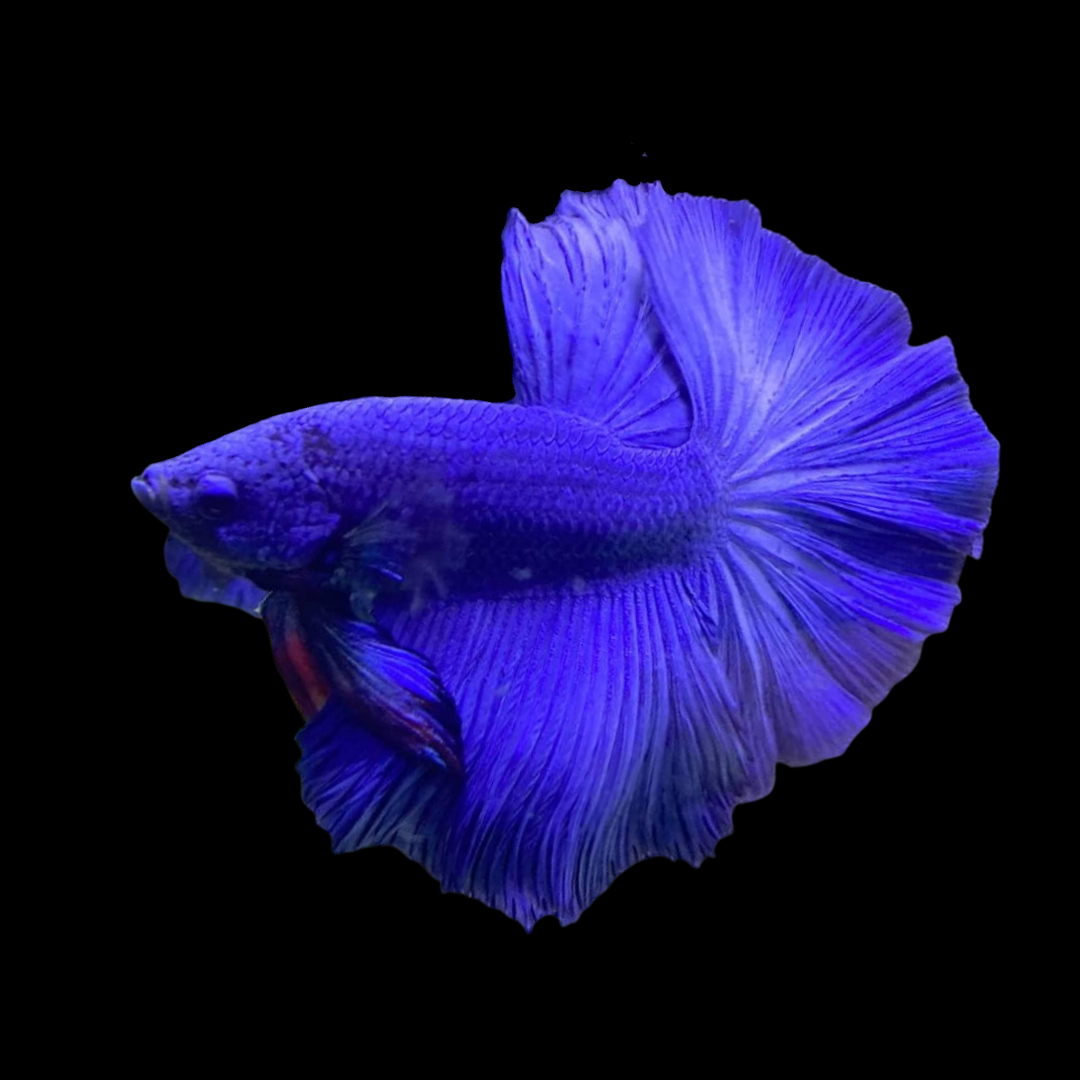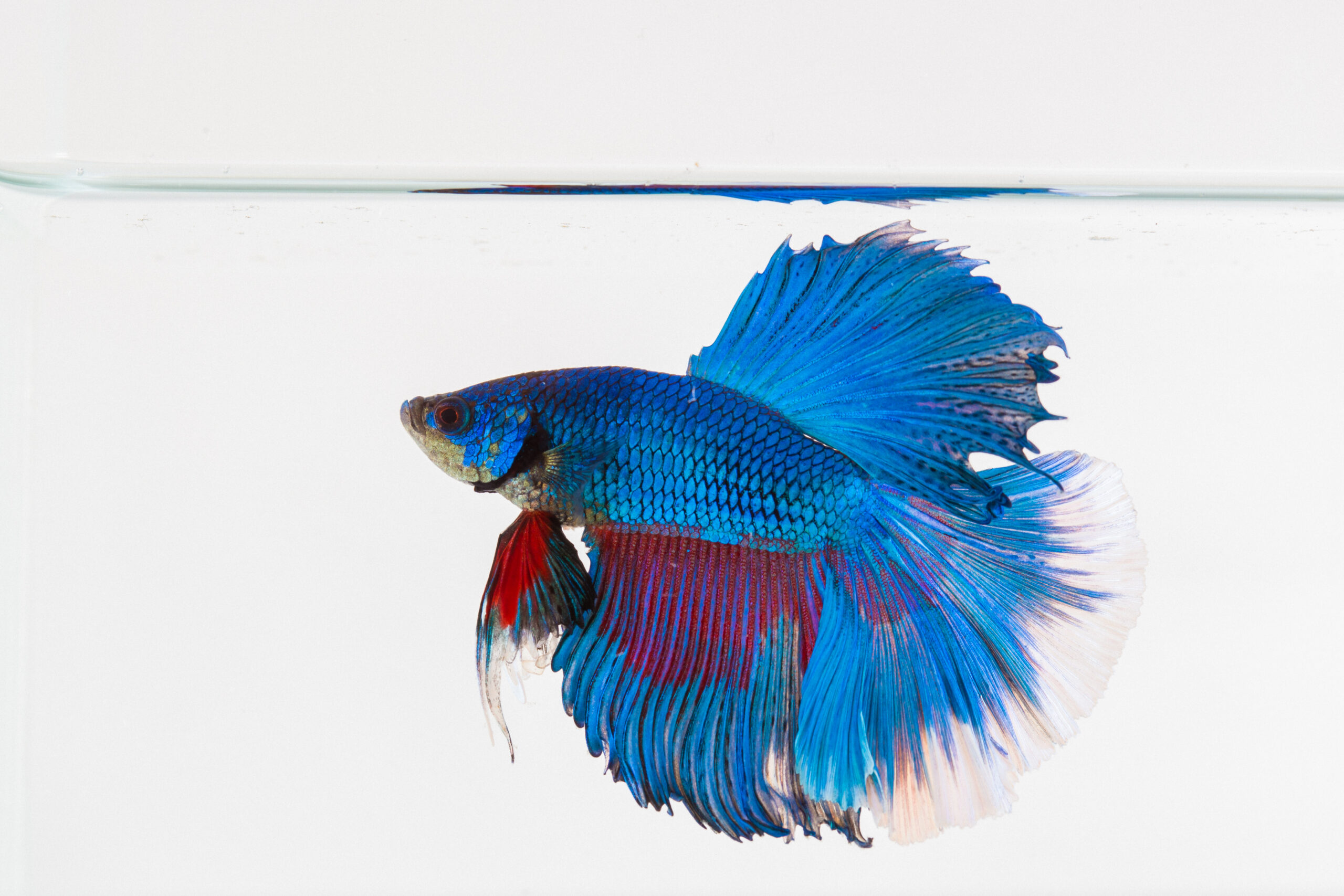Breeding Betta Fish: a Comprehensive Step-By-Step Overview to Successfully Raising Infant Bettas From Eggs to Adulthood
Breeding Betta fish is a thorough venture that requires cautious preparation and execution to make sure the effective development of fry from eggs to develop fish. Picking genetically diverse reproduction couple with desirable qualities is just the start; creating an ideal environment and comprehending the ins and outs of the reproducing process are similarly vital. As the male Betta carefully constructs a bubble nest and guards the priceless eggs, the succeeding stages of treatment and transition demand interest to detail and expertise of best practices. Exactly how does one navigate the difficult yet fulfilling course of supporting these vibrant creatures to adulthood?

Picking Breeding Pairs
When starting the trip of breeding Betta fish, selecting the appropriate reproduction pairs is crucial to accomplishing desirable attributes and a healthy and balanced lineage - betta fish. The initial step in this procedure is to determine the details qualities you wish to boost or preserve, such as shade, fin type, and physique. It is necessary to select genetically diverse sets to avoid inbreeding, which can bring about health concerns and undesirable features
Examine prospective reproducing candidates very carefully. A healthy male Betta must show dynamic shades, an energetic attitude, and well-formed fins, while the lady needs to also show vivid coloration and a rounded belly, showing readiness for spawning. Observing the character of both fish is crucial, as hostile or overly timid people might not breed successfully.
Keeping records of the parent fish's ancestry can assist you track hereditary traits and potential issues. Ultimately, investing time in the selection procedure will significantly boost the chance of producing solid, vivid spawn that fulfill your reproduction goals.

Preparing the Reproduction Storage Tank
Creating an optimum breeding environment is a crucial step after picking appropriate sets for Betta fish. The breeding container must be specifically made to provide convenience and stimulate the all-natural breeding behaviors of the fish. Beginning with a container dimension of a minimum of 10 gallons to make certain adequate room for both the man and female Bettas.
Keep a gentle purification system to keep the water tidy while avoiding solid currents that can emphasize the fish. In addition, an air stone can be included in offer oxygenation without interfering with the water surface as well a lot.
Temperature law is crucial; aim for a steady variety of 78-82 ° F(25-28 ° C) using a reliable heating unit. The pH degree ought to be preserved in between 6.5 and 7.5, and routine water changes are required to guarantee high water top quality.
Include floating plants or generating sponges to create hiding areas for the lady, while additionally encouraging bubble nest structure by the male - betta fish. Ensure the storage tank is cost-free from sharp decors and any kind of potential hazards, as the welfare of the fish should always be prioritized during this important stage of reproduction.
The Reproduction Refine
Normally, the reproducing procedure for Betta fish involves a series of distinct and observable behaviors that indicate preparedness for recreation. The male Betta starts by developing a bubble nest at the water's surface area, which functions as a website for the fed eggs. This nest is crucial, as it provides a secure setting for the eggs up until they hatch.
When the nest is established, the man will certainly show courtship behaviors, such as flaring his fins and showing dynamic colors to draw in the woman. The female, upon picking up the man's preparedness, will react by displaying vertical red stripes along her body, indicating her receptiveness.
When the female methods, the male takes part in a breeding dance, commonly causing an accept called the "spawning." During this welcome, the woman releases her eggs, which the male feeds right away. The fertilized eggs then drop to the bubble nest, where the male thoroughly accumulates and returns them to the nest. Following this, the male assumes duty for safeguarding the nest and ensuring the safety of the eggs up until they hatch, commonly within 24-36 hours. This phase is crucial in the reproducing process, laying the structure for effective fry development.
Taking Care Of Betta Fry
Caring for Betta fry requires careful interest to their setting and nourishment to ensure healthy development and growth. After hatching, Betta fry are incredibly little and prone, demanding a stable and clean habitat.
Feeding Betta fry is equally essential. Originally, they need to be supplied infusoria or carefully smashed top quality fry food, as their mouths are as well small to deal with larger particles. As they expand, you can slowly introduce larger foods, such as Source baby brine shrimp or powdered Continue flakes, to ensure they obtain adequate nutrition. Feed them tiny quantities several times a day, being mindful not to overfeed, which can bring about water quality issues.
Transitioning to Grownup Bettas
As Betta fry fully grown, transitioning them to adult Bettas is an essential stage that needs mindful monitoring of their atmosphere and social interactions. This procedure typically starts when the fry get to around six weeks old, whereupon they can be slowly presented to a much more organized living atmosphere.
To facilitate this change, it is important to guarantee that the water criteria-- such as temperature, pH, and ammonia degrees-- are ideal and secure. Grown-up Betta fish flourish in cozy water (around 78-80 ° F) with a pH of 6.5 to 7.5. Slowly acclimate the fry to these problems to minimize stress and anxiety.
Social interactions are an additional essential variable; male Bettas are notoriously territorial and hostile. For that reason, it is a good idea to separate males my explanation into specific containers as they grow. Women Bettas can be housed together, yet treatment must be required to check for indicators of aggression.
Furthermore, dietary changes must be made as the fry expand. Incorporate high-grade pellets and live foods to support their growth and health. By handling these variables efficiently, you can promote a successful change to adulthood for your Betta fish.

Conclusion
Successful reproduction of Betta fish calls for careful attention to information throughout the entire procedure, from picking genetically varied pairs to providing optimum take care of fry. By making sure suitable reproduction problems and keeping water high quality, the probability of healthy and balanced offspring boosts significantly. In addition, a balanced diet and gradual adjustment to grown-up environments are critical for the development and development of Betta fish. Following these actions carefully fosters a thriving population of Betta fish, boosting both their health and vitality.